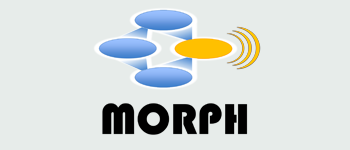Automated Species Counting using a Hierarchical Classification Approach with Haar Cascades and Multi-Descriptor Random Forests
- Links
- Metadata at IEEExplore.
Abstract
We present a classification framework to detect underwater terrain deformations commonly caused by marine species in real time during AUV surveys. The method uses two classifiers in a hierarchical manner to overcome the fact that there are no substantial datasets in the literature about underwater terrain and the creation of one would involve a great consumption of human and technological resources. The first classifier based on Haar cascades, scans the image from an AUV stereo camera and detects all possible candidates of interest. Then, a Multi-Descriptor Random Forest is used to classify these candidates according to which species is more likely to have caused the associated terrain deformation. This classifier is able to integrate multiple descriptors to ensure the robustness of the system despite the vast amount of image distortions that happen underwater. The performance of the method is shown during a multiple AUV survey mission, where the Camera Vehicles follow the underwater ground up close. A comparison of the framework’s output with the one from marine biologists exemplifies the accuracy of the system and its usefulness while supporting activities such as marine population monitoring to preserve nursery areas.
Bibtex:
@INPROCEEDINGS{GomezChavez2016species,
author={A. Gomez Chavez and J. Fontes and P. Afonso and M. Pfingsthorn and A. Birk},
booktitle={OCEANS 2016 - Shanghai},
title={Automated species counting using a hierarchical classification approach with Haar cascades and multi-descriptor random forests},
year={2016},
pages={1-6},
keywords={autonomous underwater vehicles;cameras;deformation;geophysical image processing;image classification;seafloor phenomena;surveying;AUV stereo camera;Haar cascade;automated species counting;autonomous underwater vehicle;camera vehicle;hierarchical classification approach;image distortion;marine population monitoring;marine species;multidescriptor random forests;multiple AUV survey mission;nursery area;underwater terrain deformation;Cameras;Distortion;Measurement;Monitoring;Real-time systems;Vegetation},
doi={10.1109/OCEANSAP.2016.7485544},
month={April},}
